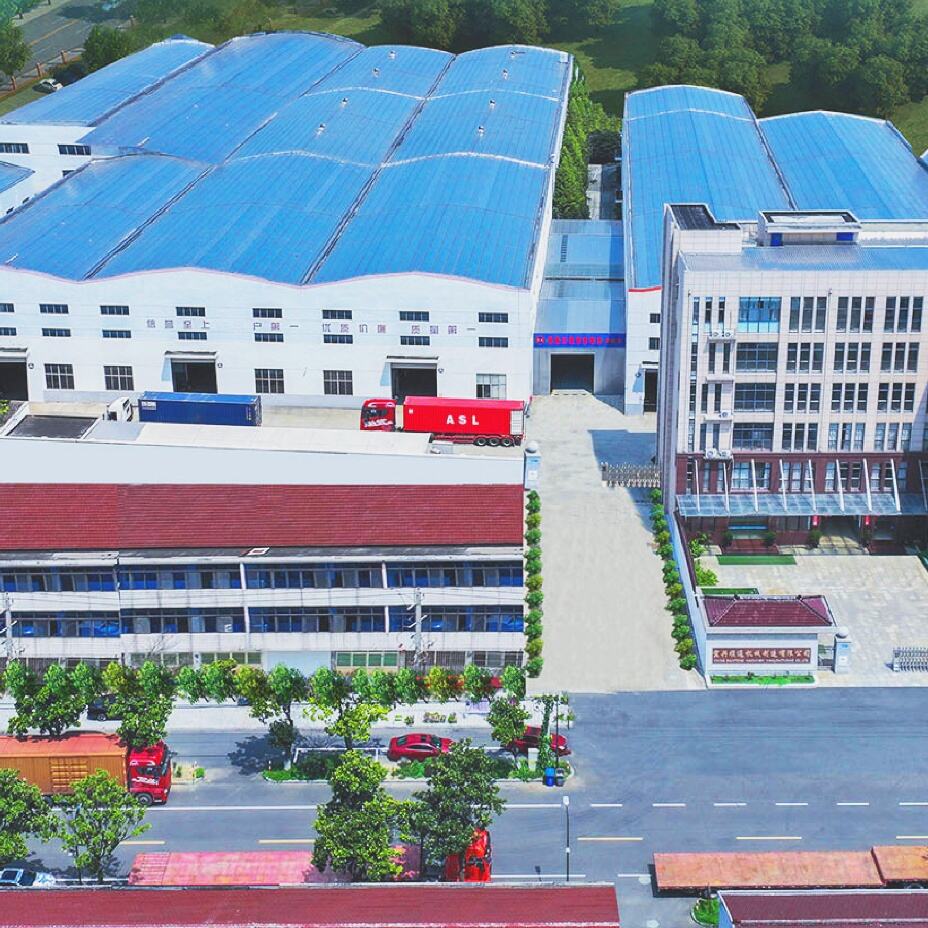Application Areas of the Iwheel Winder
The Iwheel Winder serves as a core equipment in traditional wire and cable manufacturing, catering to the mass production of daily-use and industrial wires. It is widely applied in processing power cables for residential buildings, connecting wires for home appliances (such as air conditioners and washing machines), and low-voltage control wires for factory machinery. Unlike basic winders, it can adapt to multiple wire materials—including copper, aluminum, and copper-clad aluminum—and supports wire gauges ranging from 0.3mm to 8mm. Its built-in automated tension adjustment function ensures that wires are wound tightly and uniformly, reducing issues like wire tangling or loose loops during storage and transportation. For mid-sized wire factories, this equipment streamlines the final processing link, helping maintain stable daily output and reduce material waste.
A key growth application area of the Iwheel Winder lies in new energy and automotive industries, where it meets the high-standard wire processing needs of these booming sectors. In new energy vehicles (NEVs), it is used to wind battery harness wires and motor control wires—components that require precise length calibration to fit the limited space of vehicle chassis and avoid short circuits caused by wire slack. It also plays a role in renewable energy fields: for solar power, it processes photovoltaic (PV) module connecting wires that need to withstand outdoor high temperatures; for wind energy, it handles internal control wires of wind turbines that require anti-corrosion performance. The Iwheel Winder’s ability to wind high-temperature-resistant and wear-resistant wires (such as silicone-insulated wires) without damaging the insulation layer aligns with the strict quality requirements of these industries.
The Iwheel Winder also addresses the needs of consumer electronics and small-to-medium enterprises (SMEs) in regional manufacturing clusters. For consumer electronics manufacturers producing smartphones, tablets, or wearable devices, it is used to wind ultra-thin single-bundle wires (as thin as 0.1mm) for internal circuits—its gentle winding mechanism prevents wire breakage, a common problem with delicate electronics wires. For SMEs, especially those in emerging manufacturing hubs like Southeast Asia or China’s coastal industrial towns, its compact design saves workshop space (occupying about 20% less area than large dual-purpose winders), and its simple operation interface reduces the training time for operators. Additionally, it supports quick switching between different wire types, making it suitable for SMEs that often handle small-batch, multi-variety orders (such as switching between USB data wires and headphone wires).

